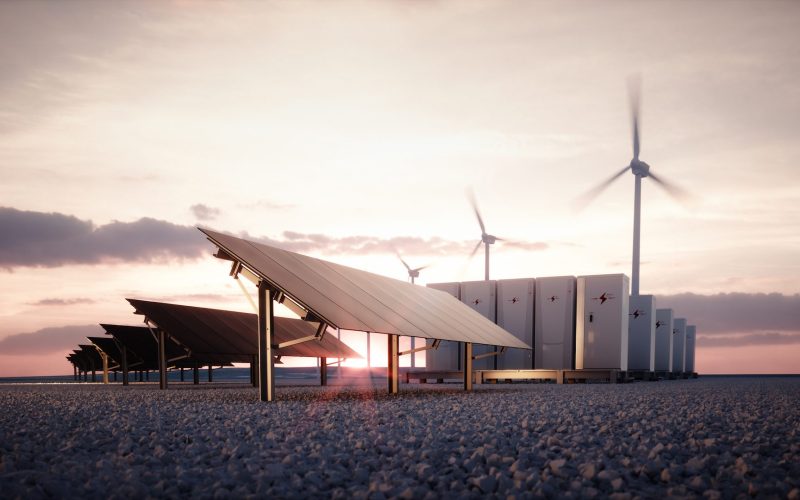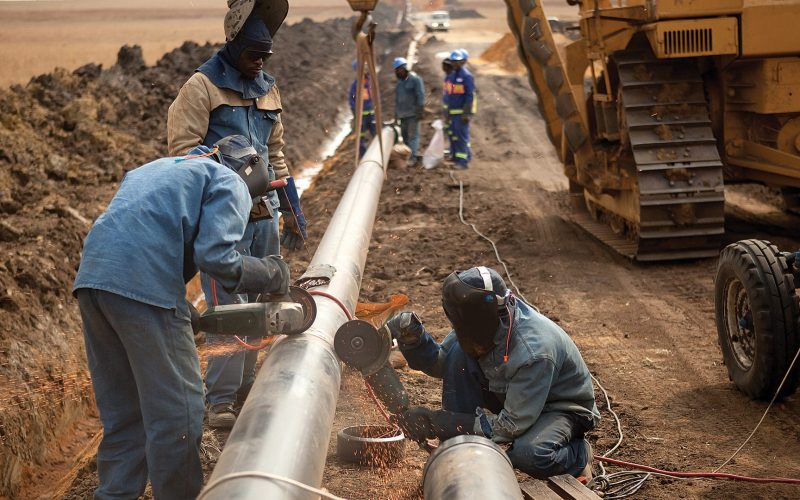THE VOICE FOR THE ENERGY CONSUMER

This week the Senate voted to confirm North Carolina environmental regulator Michael Regan to serve as administrator of the Environmental Protection Agency. As the Texas power regulator voted to remove.

Group Applauds Legislative Efforts to Help Create Greater Certainty and Efficiency for Americans Without Sacrificing Environmental Protections Washington, D.C. – Consumer Energy Alliance (CEA) released the following statement of support.

WASHINGTON, D.C. — Consumer Energy Alliance (CEA), the leading voice for sensible energy and environmental policies for families and businesses, issued the following statement today following the confirmation of President.

WASHINGTON – Consumer Energy Alliance (CEA) Federal Affairs Advisor Michael Zehr released the following statement after the Interior Department announced it will publish an interim report on its review of.

CEA President David Holt looked at the impact denying critical energy infrastructure for political reasons has on families and small businesses and the importance of the Biden Administration’s backing of.

WASHINGTON – The Justice Department’s filing urging the U.S. Supreme Court to overturn a lower court ruling blocking federal authority to build the PennEast Pipeline power is the right move.

JACKSON, MS – Consumer Energy Alliance (CEA), the leading energy and environmental advocate for families and businesses, applauded the Mississippi Legislature for passing the All Fuels Act of 2021, bipartisan.

If it sounds too good to be true, it usually is. If buzzy speeches about 100% clean energy strike you as a worthy goal but you aren’t hearing any details.

This week the Senate energy committee voted to advance President Joe Biden’s Interior secretary nominee, while his nominees for Council on Environmental Quality and the Environmental Protection Agency advanced further.

HOUSTON, TX – Consumer Energy Alliance (CEA), the leading voice for responsible energy and environmental policies for families and businesses, today released a “Guiding Principles and Code of Conduct” to.